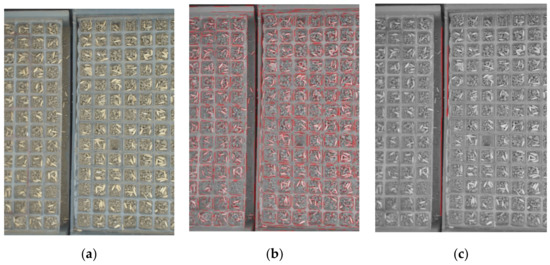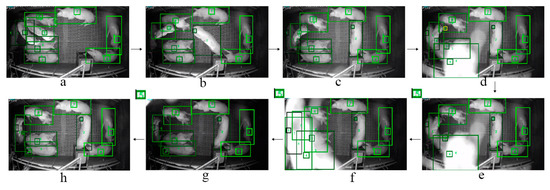Floor Depth Sagittal Imbalance

Unfortunately ldk has been used as a byword for degenerative sagittal imbalance.
Floor depth sagittal imbalance. To prevent postoperative sagittal imbalance after cervical arthroplasty intentional modification in disc insertion angle and depth would be helpful. 1 several recent studies have shown that positive sagittal plane imbalance is directly associated with decreased health related quality of life hrqol outcome scores 2 3 4 and postoperative improvement in sagittal plane alignment has been shown to significantly improve patient outcomes. 3 4 in cases of flexible sagittal imbalance or mild sagittal deformity correction can be accomplished through positioning on the surgical table and segmental instrumentation. Lumbar degenerative kyphosis ldk is a subgroup of the flat back syndrome and is most commonly caused by unique life styles such as a prolonged crouched posture during agricultural work and performing activities of daily living on the floor.
3 4 they may lean forward have a stooped posture develop early fatigue experience intractable pain and be unable to maintain a horizontal gaze. Computed tomographic studies of 24 orbital floor fractures for which coronal and sagittal images were available were included. Sagittal imbalance after posterior surgery on the cervical spine has also been considered a major cause of pain and disability because cervical sagittal imbalance such as kyphotic changes may. Sagittal plane malalignment is an increasingly recognized cause of pain and disability.
Global sagittal balance the most commonly practiced technique to measure sagittal alignment is to drop a plumb line from the middle of the c7 vertebral body down to the sacrum on a 14 in 36 in lateral scoliosis radiograph. Patients with a fixed sagittal deformity may have a subjective perception of imbalance. Unexpected compensatory biomechanical loads should be elucidated in future studies.
















